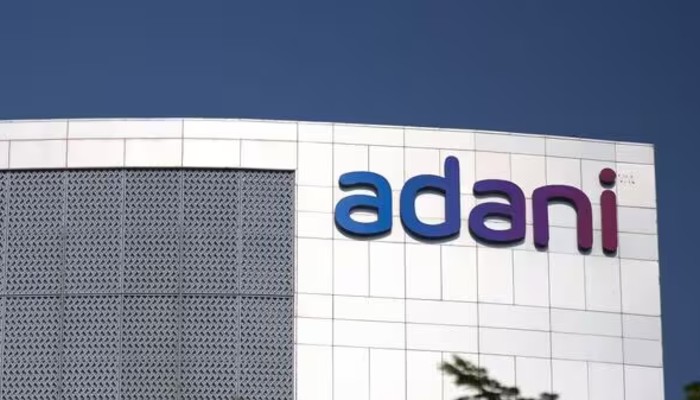India and the United Kingdom are nearing the formal signing of a long-awaited free trade agreement (FTA) that seeks to significantly boost economic ties between the two countries. A senior official from India’s Ministry of Commerce said on Thursday that the agreement, finalised on 6 May, is currently undergoing a legal review and is expected to be signed soon.
The deal, which aims to double bilateral trade to USD 120 billion by 2030, was concluded after more than three years of intermittent negotiations that began in January 2022. It marks a major step forward in economic cooperation between the world’s fifth and sixth-largest economies.
According to the ministry official, the legal “scrubbing” process—standard procedure in international treaty-making to ensure consistency and accuracy—is likely to take around three months.
Key Trade Concessions and Benefits
Under the terms of the agreement, tariffs on 99 percent of Indian goods entering the UK market will be reduced to zero. This is expected to significantly benefit India’s export sectors, particularly labour-intensive industries such as leather, textiles, footwear and apparel.
In return, the United Kingdom will gain easier access to the Indian market for key exports, including Scotch whisky and automobiles—both of which currently face high import duties in India.
Additionally, the agreement includes provisions for temporary mobility, allowing Indian professionals and skilled workers to work in the UK without requiring changes to Britain’s existing points-based immigration system.
Quote and Government Outlook
“The agreement is expected to be signed soon,” the commerce ministry official said, adding that both sides remain committed to finalising the deal without further delays.
Once implemented, the agreement is likely to have a transformative effect on trade flows. Bilateral trade between India and the UK reached USD 21.34 billion in the financial year 2023–24, up from USD 20.36 billion the previous year, according to official figures.
Context and Strategic Significance
This FTA is a part of India’s broader strategy to expand its trade network through bilateral agreements, following similar deals with Australia and the United Arab Emirates. It also aligns with the UK’s post-Brexit ambition to strengthen trade relations outside the European Union, particularly with fast-growing economies in Asia.
For India, the deal represents an opportunity to support domestic manufacturing, boost exports, and create jobs in sectors employing large numbers of workers. For the UK, it promises greater access to one of the world’s largest and fastest-growing consumer markets.
The negotiations—launched formally in January 2022—have seen multiple rounds of discussions and technical consultations, often stalled by sensitive issues such as tariff structures and labour mobility. The eventual conclusion of the agreement is being viewed as a diplomatic and economic milestone for both countries.
Once the legal formalities are completed and the agreement is signed, the India-UK FTA will be one of the most comprehensive trade deals either nation has entered into in recent years. Analysts expect it to provide a strong foundation for expanded cooperation in sectors including technology, services, and green energy, while also reinforcing the strategic partnership between New Delhi and London.










